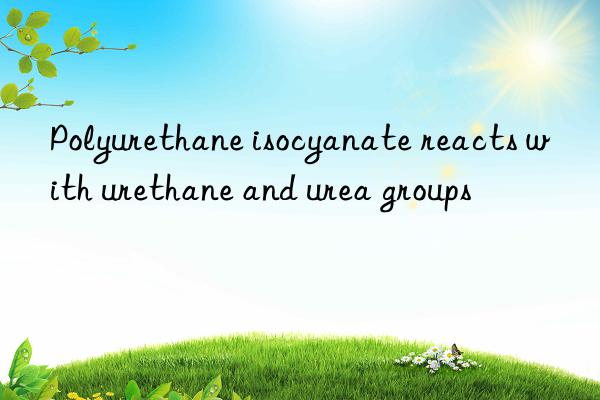
Carbamate and urea groups still contain activity Hydrogen can continue to react with isocyanate groups to form cross-linking bonds. The activity of urethane group and urea group is lower than that of alcohol, water, amine, phenol, etc., as shown in Table 2-4. Most tertiary amines do not show strong catalytic effects on these two reactions, and only strong bases or certain metal compounds have strong catalytic effects.
Isocyanates and amino groups The reactivity of formate is lower than that of isocyanate and urea group. When there is no catalyst, it almost does not react at room temperature. Generally, a satisfactory reaction rate can be obtained between 120 and 140°C. Under normal reaction conditions, the final product is allophanate.
Isocyanate and urea The base compound reacts to form biuret. This reaction generally requires a temperature of 100°C or higher without a catalyst.
These two The reaction is a more important reaction involved in the manufacture of polyurethane under high temperature conditions. In the production of polyurethane foam, the temperature rises to more than 100°C in the middle and late stages of the reaction, and the isocyanate reacts with the urea group and urethane generated in the initial reaction to form cross-links. In the preparation of elastomers, reaction and post-curing at 100 to 120°C are conducive to the generation of a small amount of urethane or biuret cross-linking bonds to improve the strength and permanent deformation of the product.
Typical The biuret type cross-linking agent product is 1,3,5-tris(6-isocyanatohexyl)biuret made by reacting HDI with a certain amount of water. It is a kind of product with 3 molecule per molecule. NCO group cross-linking agent products are mainly used as coating cross-linking agents.



 微信扫一扫打赏
微信扫一扫打赏
